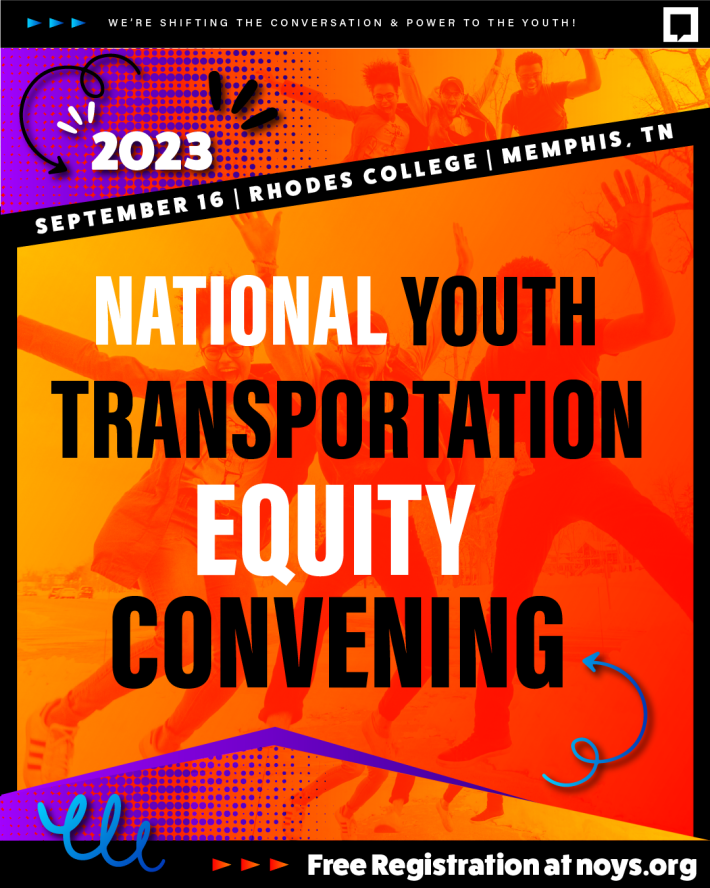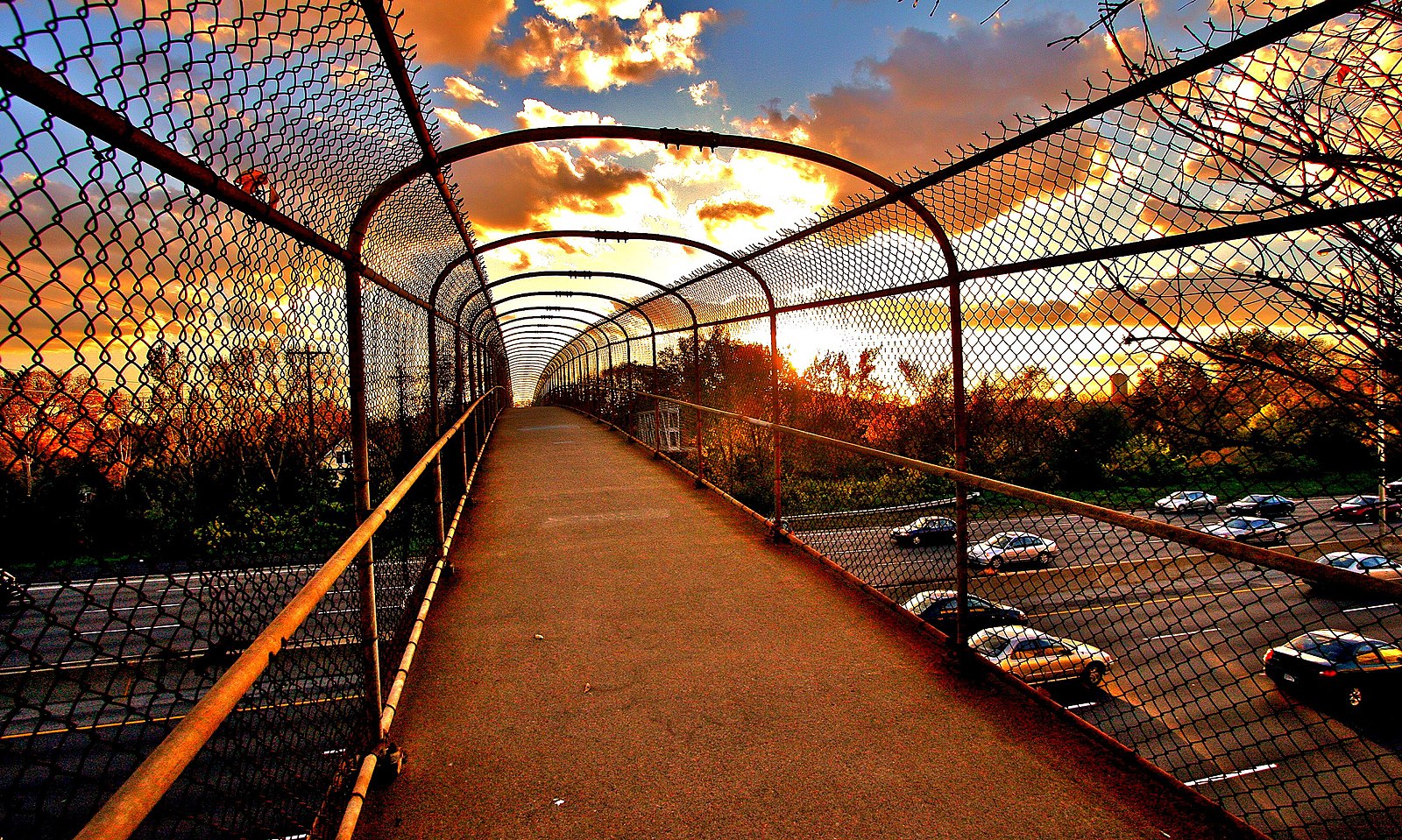
Federal transportation leaders are doling out billions of dollars to reconnect communities torn apart by highways. How exactly they should do it, though, is a matter of fierce debate — and some advocates say that even the most radical solutions aren't radical at all when seen through the lens of the radical harm that racialized and low-income communities are still enduring.
On today's epsiode of "The Brake," we sit down with Alex Burns and José Antonio Zayas Cabán of Our Street Minneapolis to talk about why they're fighting to turn two highways in their region into boulevards, and why they don't accept "Band-Aid" compromises like pedestrian bridges and cap-and-cover projects. And along the way, they share some wisdom on how other advocates can encourage their own communities to dream bigger.
Tune in below, on Apple Podcasts, Spotify, or anywhere else you listen.
The following excerpt has been edited for clarity and length.
Kea Wilson: Some advocates I've spoken to have framed the conversation about I-94 around the fact that it's one of the most highly trafficked highways in the state of Minnesota, and they claim it is politically impossible to talk about filling it in and turning it into a boulevard. Why don't you agree, and why are you pushing for bolder solutions?
José Antonio Zayas Cabán: I think that the first thing that I would address is the idea of what "bold" [means] ... History tells us in the state of Minnesota, and obviously all across the country, racial covenants were used to limit black Americans and immigrants and people of color's ability to live in areas that were protected for white home and property owners, forcing communities to live in the same areas that were then selected for destruction by the highways. But that also tells us a little bit about how communities that lived in these protected areas lived.
So I would argue that it isn't bold at all, to think about affording these communities the same quality of life that has been afforded to white Americans for generations. It's really more about catching up to the historic levels of racial inequities, and intentional racial targeting, and the disruption of opportunity for black Americans to generate wealth across generations. People have been living [safe and prosperous lives] for a long time in the US, but primarily white people and wealthy people.
When we think about solutions like a land bridge, I think that part of what we want to communicate is that [projects like land bridges are] further institutionalizing racial inequities, without really considering the comparison, and the quality of life that communities have never had to think about. [Things like] lower life expectancy, higher asthma hospitalization rates, [proximity to] parks and walkable amenities.
So in our view, rebuilding the highway and capping it — or even expanding the highway — is sort of a sending a second message to another generation of children, that we still do not think that Black Americans, immigrants, and people of color merit the same quality of life that white Americans already enjoy. So in a way, we're, we're saying, let's substitute this highway with quality of life that has existed [for white communities for years]. That's not radical; that's just doing something that's comparable. The important thing that we need to achieve is motivate committee members and legislators to look at these people that have been marginalized and thought of as disposable as human beings that deserve the same things that have been enjoyed by only one ethnic group in the US.
As far as the viability, I think the proof is in the work that we've done. When Rethinking I-94 was launched, there was no consideration of a conversion. But just last Monday, the policy advisory committee introduced two options of at-grade surface level corridors, imperfect as they as they may have been. That right away tells you that the work that we've done to organize and inspire community members expand their imagination, work on feasibility and plausibility [is working] .
Alex Burns: Yeah, not a whole lot to add there. I mean, you're definitely right in terms of where the Rethinking I-94 project was when it started. I don't think MnDOT really had any intention of rethinking anything about I-94. Or, you know, it was about beautifying it, maybe, or doing some commemorative plaques, and murals.
We believe strongly that you get what you organize for. And we built a amazing grassroots organizing team with some really talented canvassers that go out every day, and they have individual conversations with residents that experience the highway every day. And to them, to those residents, removing the highway was not radical. It was actually really interesting and exciting to think about something else being in their neighborhood, other than a loud, noisy polluting highway.
So we wanted to educate the public about that option, to make sure that they knew that this is definitely something we could do. And then [we wanted to] connect them with the decision makers so that their voices could be heard in this process. We weren't just over prioritizing suburban commuters, or the freight industry, or downtown building owners. We were putting the people who are most impacted front and foremost in this process
Over the last couple of years, that's what's led to success and has built momentum. We have legislators, city council members, county commissioners who have come out in full support because of that, and that's been really exciting. We feel a tremendous sense of momentum.
Sometimes I get asked by people that oftentimes aren't directly impacted by the highway... 'what is the compromise solution that you're willing to accept?' For one, we don't believe that as a nonprofit organization, we have any ability to negotiate such a compromise. And two, our intention is to continue pushing for the best possible outcome. We really think that it's possible that Minneapolis and St. Paul can set the standard for other cities across the country to follow. Cities across the country are dealing with this same question, because all these freeways were built around the same time. Now we have to figure out: do we want to rebuild them? Or do we want to start to repair that damage?






